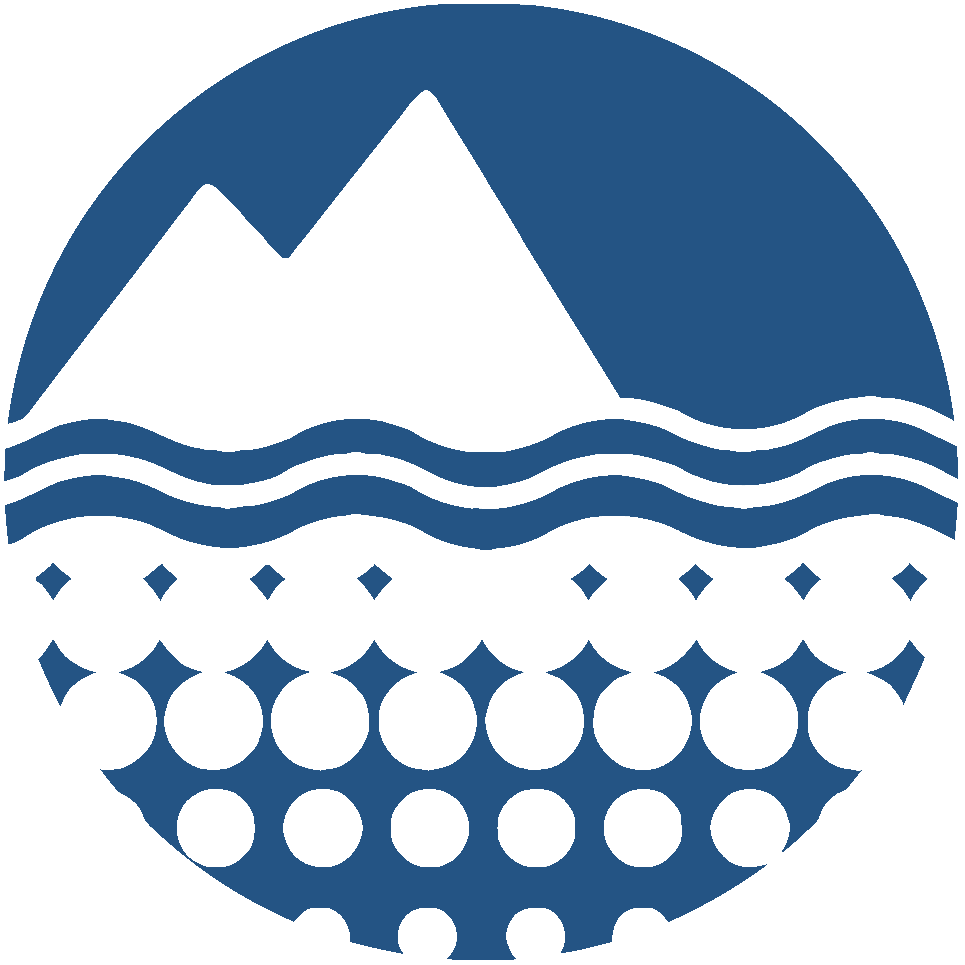{"dp_type": "Dataset", "free_text": "Ice Edge Retreat"}
[{"awards": null, "bounds_geometry": ["POLYGON((-64 -64,-63.5 -64,-63 -64,-62.5 -64,-62 -64,-61.5 -64,-61 -64,-60.5 -64,-60 -64,-59.5 -64,-59 -64,-59 -64.2,-59 -64.4,-59 -64.6,-59 -64.8,-59 -65,-59 -65.2,-59 -65.4,-59 -65.6,-59 -65.8,-59 -66,-59.5 -66,-60 -66,-60.5 -66,-61 -66,-61.5 -66,-62 -66,-62.5 -66,-63 -66,-63.5 -66,-64 -66,-64 -65.8,-64 -65.6,-64 -65.4,-64 -65.2,-64 -65,-64 -64.8,-64 -64.6,-64 -64.4,-64 -64.2,-64 -64))"], "date_created": "Mon, 18 Aug 2025 00:00:00 GMT", "description": "This dataset contains the source data for some of the figures in the paper titled \"Record glacier retreat caused by an ice plain calving process,\" published in Nature Geoscience. Nevertheless, the dataset contains several sub-datasets that document the changes Hektoria and Green Glacier underwent in 2022-2023. This includes velocity profiles extracted from the flowlines of both Hektoria and Green Glacier, as well as the flowlines themselves. There are four elevation profiles from 2011-2022 for Hektoria Glacier, using a variety of digital elevation models. An elevation profile of the terminus of Hektoria Glacier during its rapid retreat. Additionally, calculated retreat rates and iceberg size data are included. Finally, we include shapefiles of the terminus position determined from all available Landsat, Worldview, and Planet imagery during the 2022-2023 retreat period, and the 2021 grounding line. This research was funded by NASA by award \u201cIce cliff formation and glacier response after ice shelf collapse in the Antarctic Peninsula\" (award number: 80NSSC22K0386).", "east": -59.0, "geometry": ["POINT(-61.5 -65)"], "keywords": "Antarctica; Antarctic Peninsula; Cryosphere; Elevation; Glaciers/ice Sheet; Glaciers/Ice Sheet; Glaciology; Iceberg; Ice Edge Retreat; Ice Flow Velocity", "locations": "Antarctica; Antarctic Peninsula", "north": -64.0, "nsf_funding_programs": null, "persons": "Ochwat, Naomi; Scambos, Ted; Anderson, Robert; Winberry, Paul; Luckman, Adrian; Berthier, Etienne; Bernat, Maud; Antropova, Yulia", "project_titles": null, "projects": null, "repositories": null, "science_programs": null, "south": -66.0, "title": "Hektoria and Green Glacier changes 2022-2023 ", "uid": "601973", "west": -64.0}]
X
X
Help on the Results MapX
This window can be dragged by its header, and can be resized from the bottom right corner.
Clicking the Layers button - the blue square in the top left of the Results Map - will display a list of map layers you can add or remove
from the currently displayed map view.
The Results Map and the Results Table
- The Results Map displays the centroids of the geographic bounds of all the results returned by the search.
- Results that are displayed in the current map view will be highlighted in blue and brought to the top of the Results Table.
- As the map is panned or zoomed, the highlighted rows in the table will update.
- If you click on a centroid on the map, it will turn yellow and display a popup with details for that project/dataset - including a link to the landing page. The bounds for the project(s)/dataset(s) selected will be displayed in red. The selected result(s) will be highlighted in red and brought to the top of the table.
- The default table sorting order is: Selected, Visible, Date (descending), but this can be changed by clicking on column headers in the table.
- Selecting Show on Map for an individual row will both display the geographic bounds for that result on a mini map, and also display the bounds and highlight the centroid on the Results Map.
- Clicking the 'Show boundaries' checkbox at the top of the Results Map will display all the bounds for the filtered results.
Defining a search area on the Results Map
- If you click on the Rectangle or Polygon icons in the top right of the Results Map, you can define a search area which will be added to any other search criteria already selected.
- After you have drawn a polygon, you can edit it using the Edit Geometry dropdown in the search form at the top.
- Clicking Clear in the map will clear any drawn polygon.
- Clicking Search in the map, or Search on the form will have the same effect.
- The returned results will be any projects/datasets with bounds that intersect the polygon.
- Use the Exclude project/datasets checkbox to exclude any projects/datasets that cover the whole Antarctic region.
Viewing map layers on the Results Map
To sort the table of search results, click the header of the column you wish to search by. To sort by multiple columns, hold down the shift key whilst selecting the sort columns in order.
| Dataset Title/Abstract/Map | NSF Award(s) | Date Created | PIs / Scientists | Project Links | Abstract | Bounds Geometry | Geometry | Selected | Visible |
|---|---|---|---|---|---|---|---|---|---|
|
Hektoria and Green Glacier changes 2022-2023
|
None | 2025-08-18 | Ochwat, Naomi; Scambos, Ted; Anderson, Robert; Winberry, Paul; Luckman, Adrian; Berthier, Etienne; Bernat, Maud; Antropova, Yulia | No project link provided | This dataset contains the source data for some of the figures in the paper titled "Record glacier retreat caused by an ice plain calving process," published in Nature Geoscience. Nevertheless, the dataset contains several sub-datasets that document the changes Hektoria and Green Glacier underwent in 2022-2023. This includes velocity profiles extracted from the flowlines of both Hektoria and Green Glacier, as well as the flowlines themselves. There are four elevation profiles from 2011-2022 for Hektoria Glacier, using a variety of digital elevation models. An elevation profile of the terminus of Hektoria Glacier during its rapid retreat. Additionally, calculated retreat rates and iceberg size data are included. Finally, we include shapefiles of the terminus position determined from all available Landsat, Worldview, and Planet imagery during the 2022-2023 retreat period, and the 2021 grounding line. This research was funded by NASA by award “Ice cliff formation and glacier response after ice shelf collapse in the Antarctic Peninsula" (award number: 80NSSC22K0386). | ["POLYGON((-64 -64,-63.5 -64,-63 -64,-62.5 -64,-62 -64,-61.5 -64,-61 -64,-60.5 -64,-60 -64,-59.5 -64,-59 -64,-59 -64.2,-59 -64.4,-59 -64.6,-59 -64.8,-59 -65,-59 -65.2,-59 -65.4,-59 -65.6,-59 -65.8,-59 -66,-59.5 -66,-60 -66,-60.5 -66,-61 -66,-61.5 -66,-62 -66,-62.5 -66,-63 -66,-63.5 -66,-64 -66,-64 -65.8,-64 -65.6,-64 -65.4,-64 -65.2,-64 -65,-64 -64.8,-64 -64.6,-64 -64.4,-64 -64.2,-64 -64))"] | ["POINT(-61.5 -65)"] | false | false |

